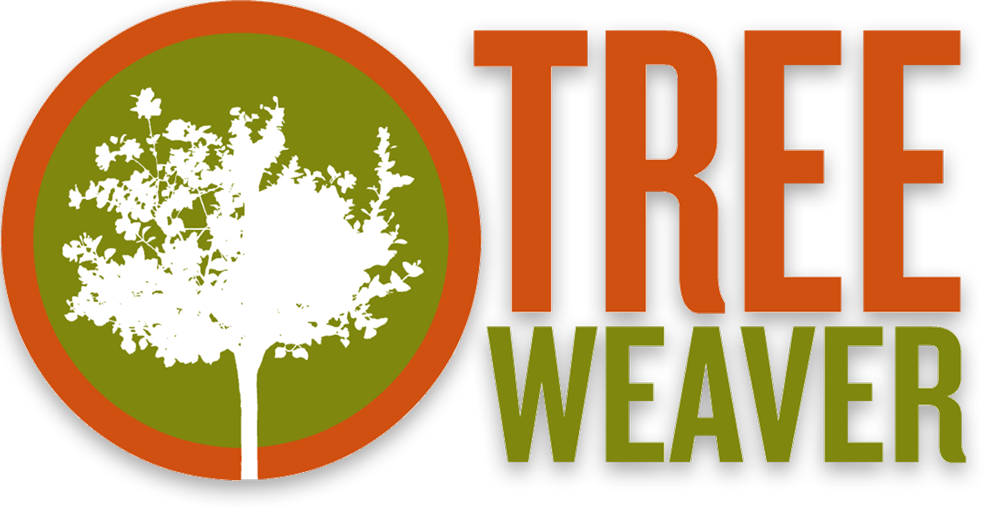Pruning in relation to temperature
Homeowners often hear conflicting information about what kind of pruning can be performed at what time of the year. Part of the confusion is related to the pruning of live oaks and red oaks because of the risk of oak wilt transmission, which will be specifically addressed in the next blog.
Pruning can be broadly divided into two kinds, removal of dead branches and removal of green branches. Pruning dead tissue out of a tree (often referred to in the industry as “deadwooding”), regardless of species, when cuts are done correctly at the branch collar by an ISA certified arborist, is fine to do year round as the cut is brought back to non conductive tissue where it won’t negatively affect the health of the tree. Infact, removing dead wood from about 2″ in diameter and larger is greatly beneficial as the tree can avoid using it’s resources trying to grow callous wood to absciss the dead branch on its own.
Pruning green tissue on a tree is more complex and different factors need to be kept into consideration, mainly the age of the tree and the amount of green branches that need to be removed. Also the species and the condition of the tree are important factors but for the sake of making this blog clear and concise we have to speak in general terms, so consulting with an arborist is often necessary. Mature trees are fairly intolerant to having green tissue removed and there should always be a reason to prune in the first place, whether to reduce or remove a hazardous limb, remove a rubbing branch or to clear the canopy for structures, roadways and driveways. If the amount of branches is moderate this can be done year round, if more extensive work is needed it is best to do it when the tree’s vascular system is at it’s slowest. This happens when outdoor temperatures are at extremes, when any part of the day is in the low nineties and above or below the mid forties, typically our summers and short lived winters. Pruning at these times of the year greatly reduces negative impact on the tree and avoids excessive stimulation of epicormic sprouts. The same temperature parameters apply to to young trees but larger amounts of green tissue can be removed in one growing season without damaging the tree’s health, making it an ideal age for pruning for good structure thus avoiding future problems and being forced to remove larger amounts of green as the tree matures.
I would like to reiterate that these are general guidelines and each individual tree needs to be examined carefully before deciding what kind of pruning needs to be performed and when to do it. Don’t hesitate to call your arborist for advice.

